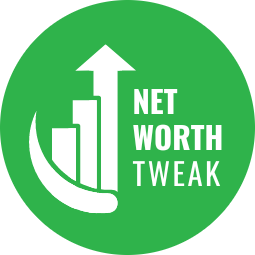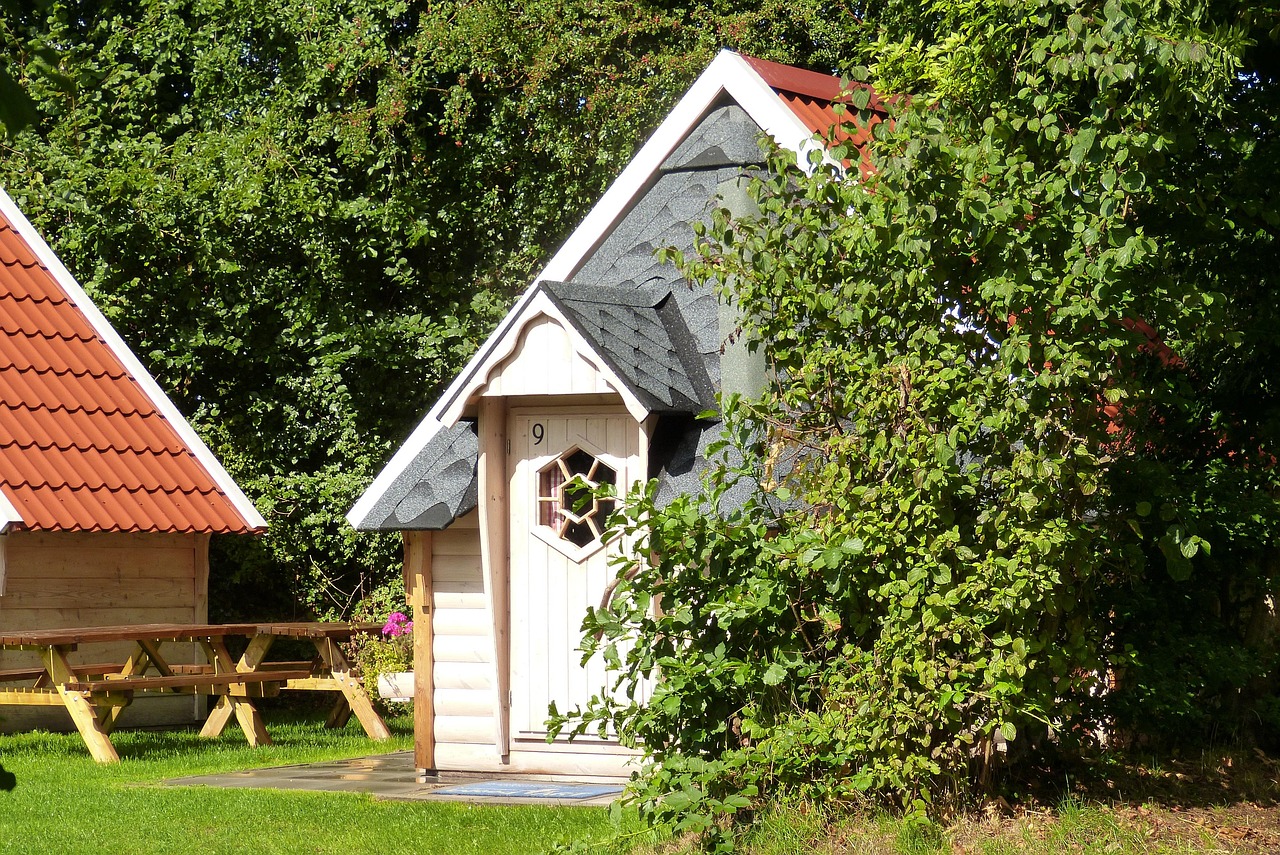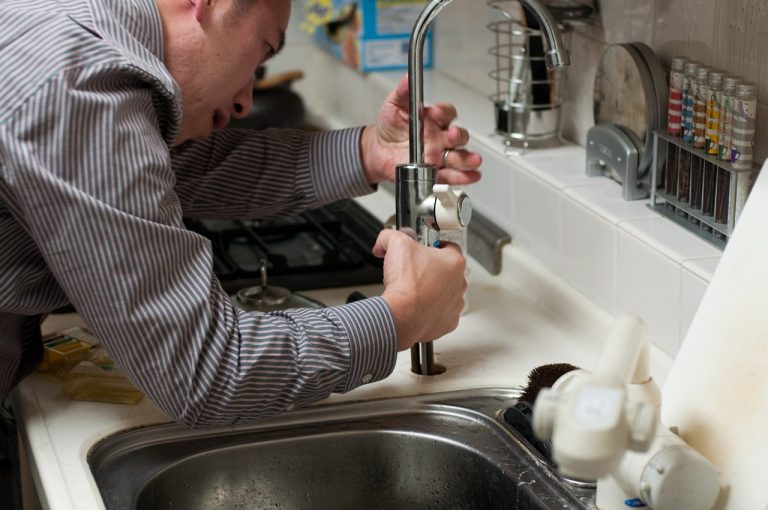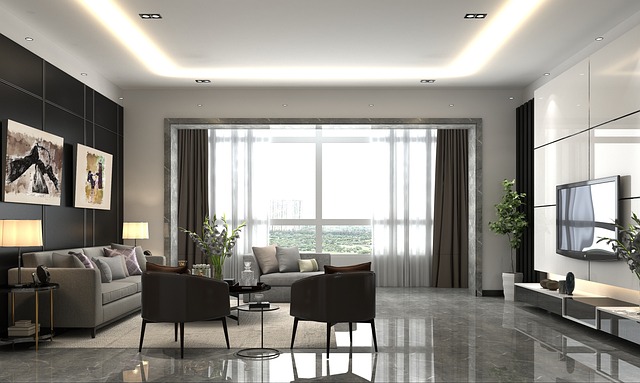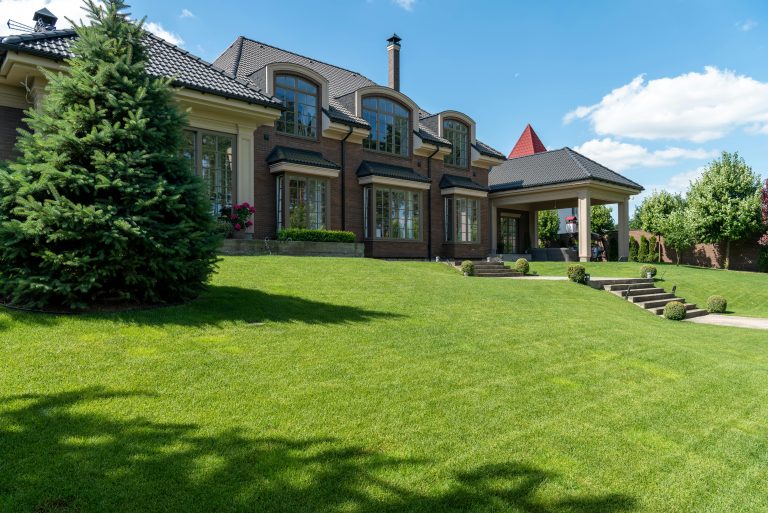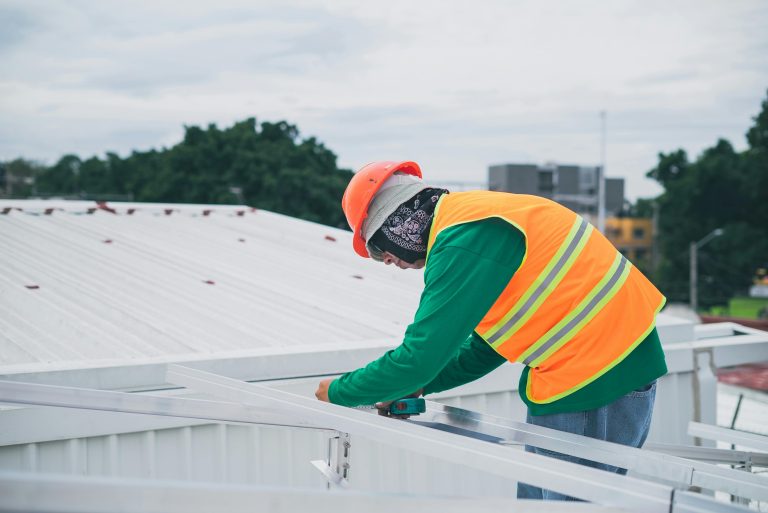Benefits of Preventative Commercial Roof Maintenance
Taking a proactive approach to commercial roof care is essential for the long-term protection and performance of your building. While most property owners and managers understand the necessity of maintaining interior systems and equipment, the roof is often overlooked until a crisis occurs. However, routine inspection and planned maintenance can help identify and resolve minor issues before they evolve into serious, costly problems that disrupt business operations. Visit this link to explore your options for reliable commercial roofing services and learn more about the benefits of preventative maintenance for your property. Whether you manage one facility or an extensive portfolio, understanding the value of preventative roof care helps you make better decisions that protect your bottom line and building performance for years to come.
By prioritizing preventative maintenance, property managers and building owners can avoid unexpected expenses and emergency calls, extend the useful life of their roofs, provide a more secure environment for employees and tenants, and protect valuable interior assets from water and weather damage. A consistent maintenance program is not only an industry best practice, but also a wise investment that continually pays dividends. The peace of mind that comes with knowing your roofing system is being regularly monitored, maintained, and documented cannot be overstated—it allows you to focus more on core business activities, rather than worrying about roof failures or insurance claims.
Extending the Lifespan of Your Roof
Frequent maintenance can significantly extend the life expectancy of a commercial roof by proactively addressing minor vulnerabilities before they escalate into major structural issues. According to the National Roofing Contractors Association (NRCA), facilities that adhere to scheduled roof inspections and regular care programs often see their roofs last significantly longer than the industry’s average projections, sometimes outperforming their initial life expectancy by many years. Early intervention on issues—such as promptly sealing leaks, reinforcing vulnerable seams, addressing minor punctures, and regularly cleaning gutters or drainage systems—minimizes the rate of deterioration and allows property owners to maximize their substantial roofing investment. In the absence of these efforts, roofing systems can begin to fail prematurely due to the cumulative effects of UV exposure, wind, water infiltration, and debris buildup.
In practical terms, this means that the cost and inconvenience associated with unexpected re-roofing or replacement projects can often be avoided. Over time, even the best commercial roofing materials deteriorate. However, routine maintenance and detailed record-keeping can support more accurate budget planning, enabling managers to schedule capital expenditures on their terms rather than reacting to emergency situations. If managed properly, it is not uncommon for a well-cared-for commercial roof to exceed its manufacturer’s anticipated service life by a decade or more, offering substantial returns on your original investment.
Cost Savings Through Early Detection
One of the most compelling arguments for preventative roof maintenance is cost efficiency. Minor repairs—such as patching up small punctures, securing flashing, or clearing away debris—are far less expensive than large-scale restoration or a complete roof replacement project. Minor issues, if left unaddressed, can slowly erode the roof’s integrity and develop into major problems that require a significant financial investment. By conducting regular inspections, facility managers can identify and resolve these concerns before they develop into water infiltration events, mold growth, or underlying structural damage that affects the entire building envelope.
Early detection doesn’t just reduce repair costs; it also helps property owners and managers maintain tighter control over their operational budgets. A strategic maintenance plan can reduce overall repair and restoration expenses by up to half over the life of a commercial roof. Additionally, preventing damage in the first place reduces downtime and helps avoid the significant revenue losses and inconvenience that often accompany extensive roof repairs. These economic benefits reinforce why preventative maintenance is widely considered a best practice throughout the commercial real estate industry.
Enhancing Energy Efficiency
Well-maintained roofs are a crucial component of a building’s overall energy performance strategy. Regular upkeep—such as sealing insulation voids, repairing membrane seams, and cleaning or recoating reflective surfaces—reduces unwanted heat transfer, enhances insulation performance, and minimizes air leaks. A reliable and stable thermal barrier minimizes the amount of hot or cold air that escapes from the interior of the facility, directly translating to improved energy efficiency and lower utility costs. When HVAC systems operate more efficiently due to minimized roof-related air loss, organizations can enjoy a measurable reduction in energy bills month after month.
This stability is crucial in regions with extreme heat, cold, or volatile weather, where even minor inefficiencies can significantly increase operating expenses. According to the U.S. Department of Energy, conscientious roof maintenance can offer meaningful energy savings for virtually any commercial building. Over time, the cumulative advantage of improved energy efficiency can lead to substantial savings, making preventative maintenance both a practical and environmentally responsible strategy. In addition, by minimizing energy consumption, businesses not only save money but also reduce their overall carbon footprint, supporting sustainability goals and, in some cases, improving their eligibility for green building certifications.

Ensuring Safety and Compliance
Regular inspections of commercial roofing systems can also play a critical role in maintaining workplace safety and meeting regulatory compliance requirements. Roofs in disrepair can harbor safety hazards, including loose flashings, unsecured rooftop equipment, ponding water, soft membrane spots, or blocked access paths. Addressing these common issues as soon as they’re detected makes a workplace safer for any employees, contractors, or vendors who must access the rooftop for repairs, HVAC servicing, or other maintenance tasks.
Maintaining a roof in good repair isn’t just prudent—it’s also an essential part of staying compliant with OSHA and local building safety codes. Repairing unsafe roof areas and ensuring reliable drainage can significantly reduce slip, trip, and fall risks, which helps protect the people who rely on your building and minimizes your liability exposure. Demonstrating a commitment to regular roof care also provides essential documentation in the event of a regulatory audit or a workplace accident investigation, thereby reinforcing your organization’s dedication to providing a safe and well-maintained facility.
Maintaining Business Continuity
Roof failures rarely occur at convenient times, and even minor roofing problems can have significant business repercussions. A sudden leak or structural weakness, if undetected, can quickly lead to water damage, electrical hazards, loss of inventory, or even forced closures while emergency repairs are performed. For businesses with sensitive equipment or extensive inventories, the potential financial loss from even a few hours of downtime can be substantial. Proactive, preventative maintenance dramatically lowers the risk of such disruptive events and supports uninterrupted business operations. This continuity is vital for sustaining customer satisfaction, maintaining revenue streams, and protecting an organization’s reputation in the marketplace.
In industries where continuous operation is especially critical—such as manufacturing, warehousing, logistics, healthcare, and retail—the peace of mind that comes from knowing your roof is regularly inspected and maintained is invaluable. Regular roof care allows issues to be addressed according to your schedule, rather than forcing you to react at the worst possible time. Minimizing unplanned disruptions and safeguarding the facility against weather-related interruptions helps businesses operate more efficiently and reliably around the clock.
Protecting Interior Assets
Every commercial roof is a primary defense system against the damaging effects of rain, wind, and debris. Water intrusion, even if minor or initially unseen, can quickly lead to substantial damage and depreciation of your building’s valuable interior assets—such as computers, furniture, electronic equipment, inventory, and essential business documents. Persistent roof leaks can also fuel the growth of mold or mildew, triggering potential damage to structural elements and fostering unhealthy indoor air conditions. These risks make a strong case for proactive leak detection and roof treatments as an essential component of modern facility management.
With a persistent focus on preventative maintenance, building owners and managers can minimize the risks posed to both tangible assets and intangible business interests. Regularly scheduled inspections and routine maintenance—such as resealing joints, replacing cracked tiles, and inspecting seams—create a robust frontline defense against water damage, mold, and insurance claims. This not only shields your physical property but also helps maintain a safe, comfortable environment for employees, clients, and guests, ensuring the ongoing integrity of the organization’s daily operations.
Maintaining Warranty Compliance
Most commercial roofing warranties clearly require scheduled, documented maintenance as a condition of continued coverage. Failing to meet these stipulations can result in denied claims down the road, leaving property owners solely responsible for repair or replacement costs that would otherwise be covered. Preventative roof maintenance is thus not just a best practice, but a critical part of maximizing the long-term value of your warranty agreements. System distributors and manufacturers generally publish recommended guidelines for inspections and upkeep, outlining conditions that could otherwise void warranty coverage.
Staying compliant means keeping detailed records of maintenance visits, repairs, and condition reports—these documents should be easily accessible to demonstrate your commitment if a warranty claim arises. For more information on the importance and requirements of maintaining commercial roof warranties, refer to the FacilitiesNet resource for a detailed overview of commercial roofing warranty essentials. Diligent adherence to warranty provisions helps ensure that you remain eligible for critical repairs, replacement, or additional services if, or when, a covered issue develops.
Conclusion
Proactive commercial roof maintenance is a vital investment that delivers long-term value through extended roof lifespan, substantial cost savings, enhanced energy efficiency, improved workplace safety, uninterrupted business operations, and robust asset protection. By upholding a schedule of regular inspections and prompt repairs, you not only fulfill warranty obligations but also create a safer, more resilient property for everyone who enters your facility. Organizations that prioritize preventative maintenance enjoy peace of mind knowing they are safeguarding the future performance and value of their commercial assets—and promoting business continuity for years to come. Prioritize your maintenance program today to secure your company’s tomorrow.
